In an article, An overview of the SQL table variable, we explored the usage of SQL table variables in SQL Server in comparison with a temporary table. Let’s have a quick recap of the table variable:
Read more »
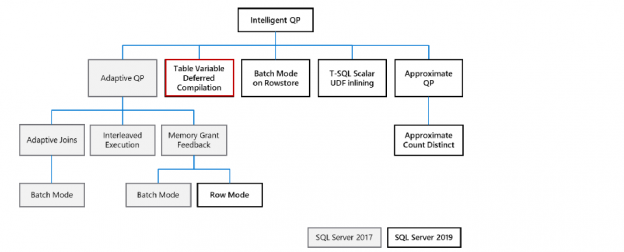


In an article, An overview of the SQL table variable, we explored the usage of SQL table variables in SQL Server in comparison with a temporary table. Let’s have a quick recap of the table variable:
Read more »
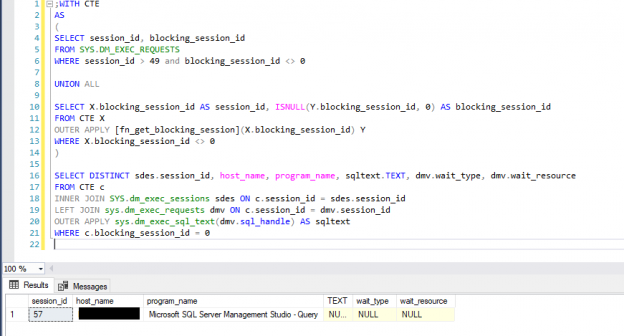
In this article, we will study how to recognize and resolve the SQL blocking chain by determining and troubleshooting the root cause.
Read more »
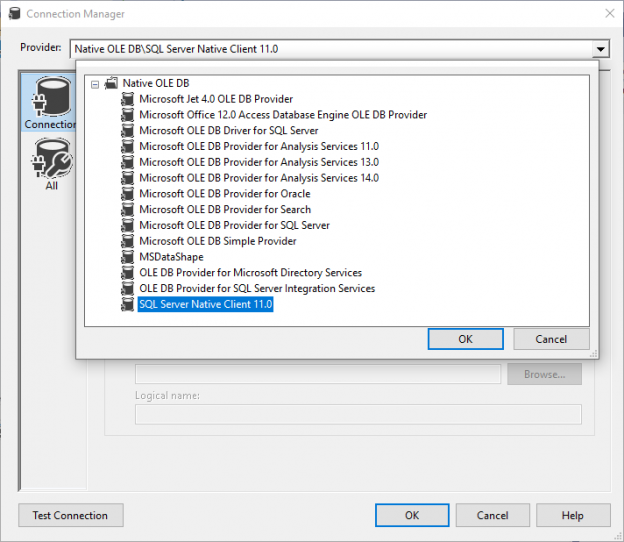
In this article, I will first give an overview of the OLE DB, ODBC, and ADO.NET SSIS connection managers. Then I will try to illustrate the difference between them when trying to connect to SQL Server.
Read more »
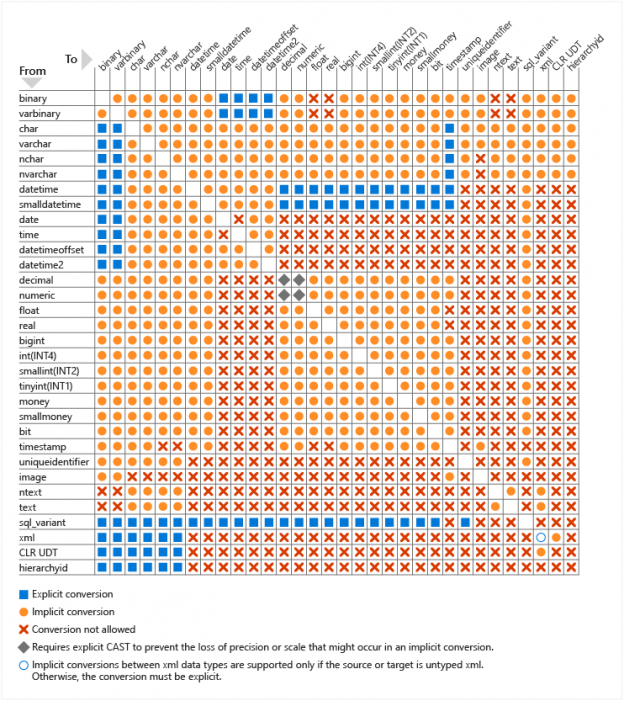
In this article, I will first give an overview of SSIS data types and data types conversion methods and then I will illustrate the difference between changing the columns data types from the Source Advanced editor and using Data Conversion Transformation.
Read more »
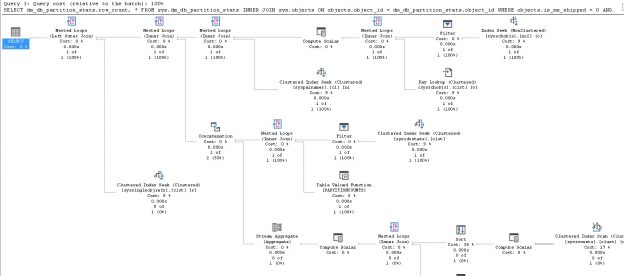
There is a multitude of database metrics that we can collect and use to help us understand database and server resource consumption, as well as overall usage.
This data can include hardware statistics, such as measures of CPU or memory consumed over time. We can also examine database metadata, including row counts, waits, and deadlocks.
Read more »

Database metrics can be collected, maintained, and used to help predict when processes go awry so problems can be resolved before they become severe. Understanding when an application or process misbehaves is not always easy. We are often left waiting until a server, application, or service breaks or enters an undesirable state before we know something is wrong. At that point, we are forced to rush and resolve a production problem quickly, before its impact becomes severe.
Read more »
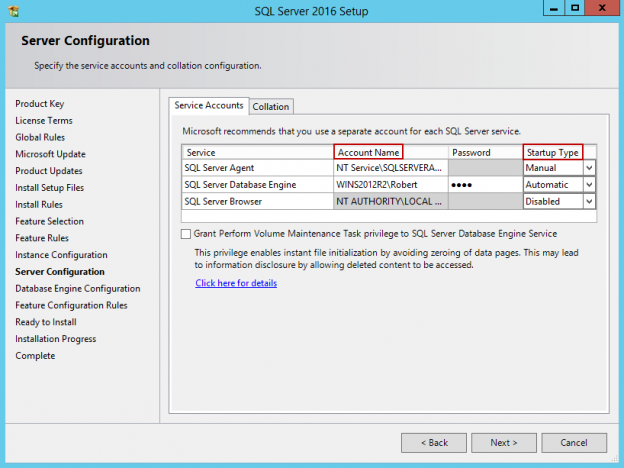
This article gives an overview of Instant File Initialization and its benefits for SQL Server database creation, restoration and file growth.
Read more »
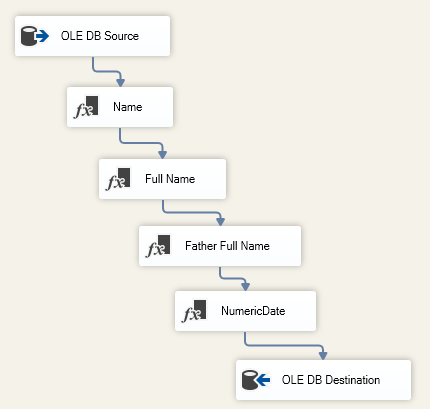
In this article, we will first give an overview of SSIS derived column transformation, then we will run an experiment to check if there is any difference between adding multiple expressions within one derived column transformation and adding a derived column transformation for each expression.
Read more »

In this article, we will discuss a few very common questions that you may be asked during a SQL Server administrator or developer technical job interview.
Read more »
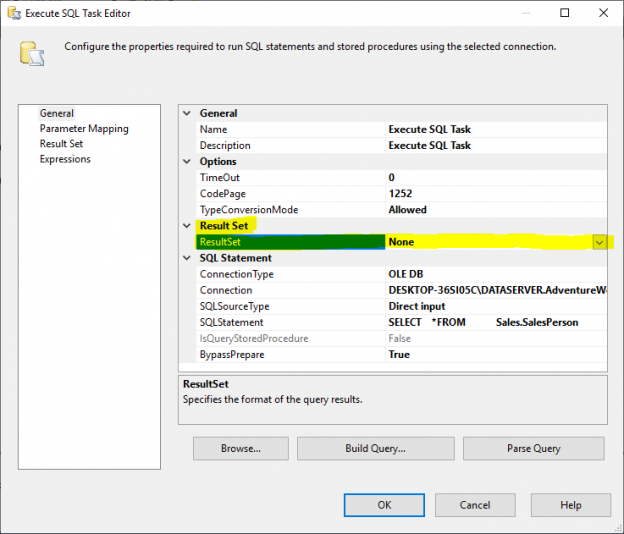
In the previous article, I gave an overview of Execute SQL Task in SSIS and we illustrated some of the differences between writing an expression to evaluate SqlStatementSource property and writing this expression within a variable and change the Execute SQL Task Source Type to variable.
Read more »
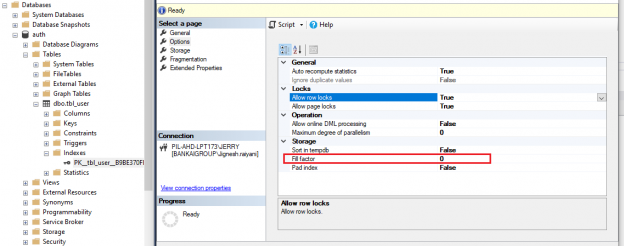
In this article, we will study in detail about the how SQL Server Index Fill factor works.
Read more »
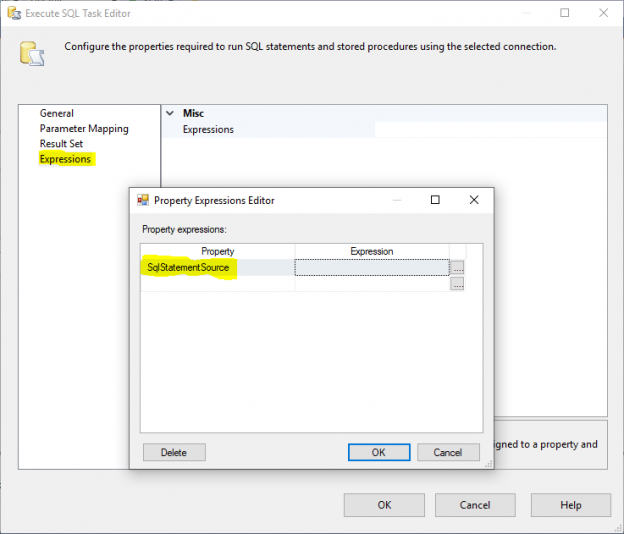
In this article, I will give an overview of Execute SQL Task in SSIS and I will try to illustrate some of the differences between writing an expression to evaluate SqlStatementSource property or writing this expression within a variable and change the Execute SQL Task Source Type to a variable.
Read more »
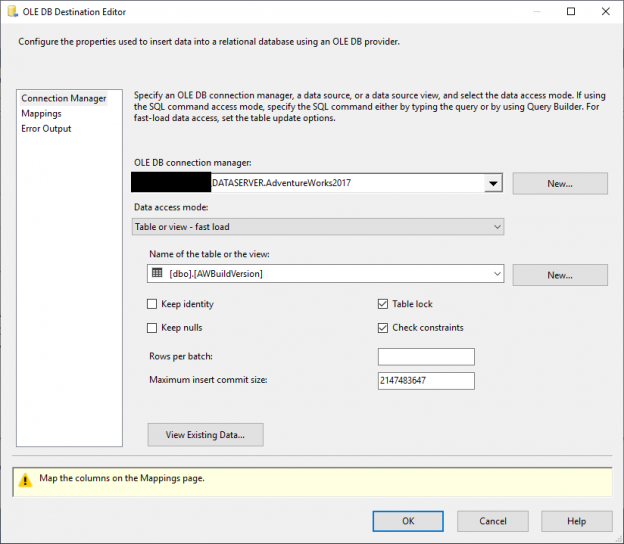
In this article, I will give an overview of SSIS OLE DB Destination and SQL Server Destination and I will try to illustrate some of the differences between both destination components based on my personal experience, SSIS official documentation and some other experts experience in this domain.
Read more »
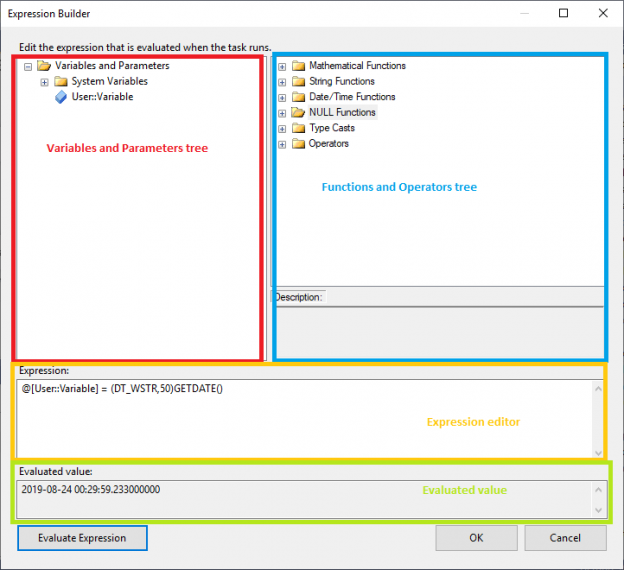
In this article, I will first give an introduction about SSIS expressions, then I will describe briefly the Expression Task and how to Evaluate a variable as expression. Then I will do a comparison between these two features to illustrate the similarities and differences between them.
Read more »
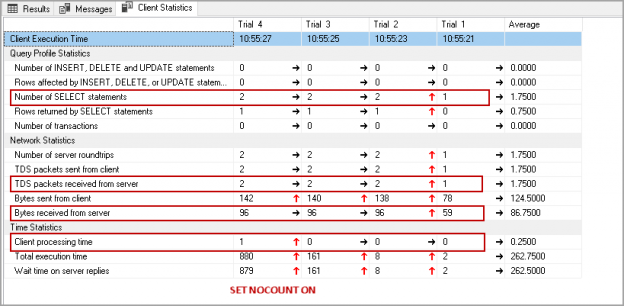
Have you ever noticed SET NOCOUNT ON statement in T-SQL statements or stored procedures in SQL Server? I have seen developers not using this set statement due to not knowing it.
Read more »
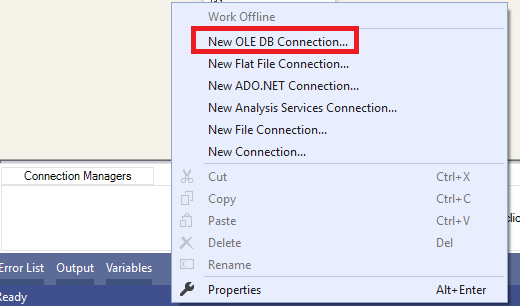
SQL Server Integration Services provides a wide variety of features that helps developers to build a robust Extract, Transform, and Load process. After many years contributing to SSIS-related tags on Stackoverflow.com, I can say that many developers have some misunderstandings about SSIS features (SSIS OLE DB Source, SSIS Expressions, SQL Server destination …) especially those which are very similar and have some common usability.
Read more »
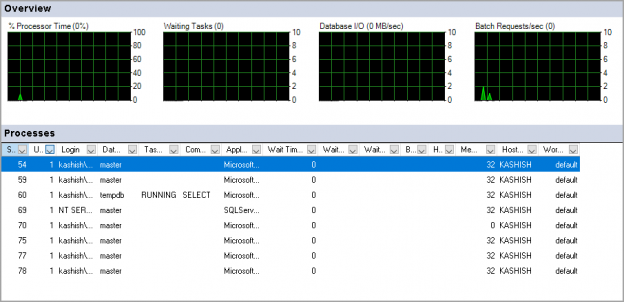
This article gives an overview of the KILL SPID command and how to monitor the rollback progress.
Read more »

In this article, we will learn usage details of the sp_updatestats built-in store procedure which helps to update all statistics in a SQL Server database. First of all, we will take a glance at the statistics concept in SQL Server.
Read more »
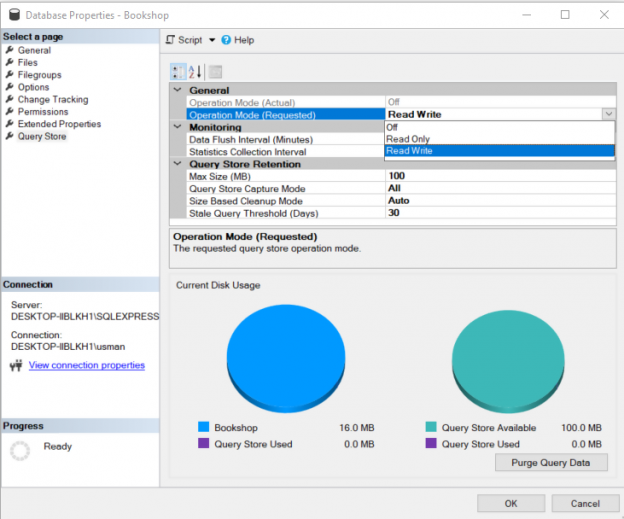
SQL Server Query Store is a performance monitoring tool that helps us evaluate the performance of a SQL query in terms of several different performance metrics such as CPU and Memory Consumption, execution time and the I/O cycles consumed by the query. Query store is similar to the windows “Task Manager”. A task manager provides information about the CPU, Memory, Network and Disc consumption of a process. Similarly, the Query Store provides insight to similar information.
Read more »
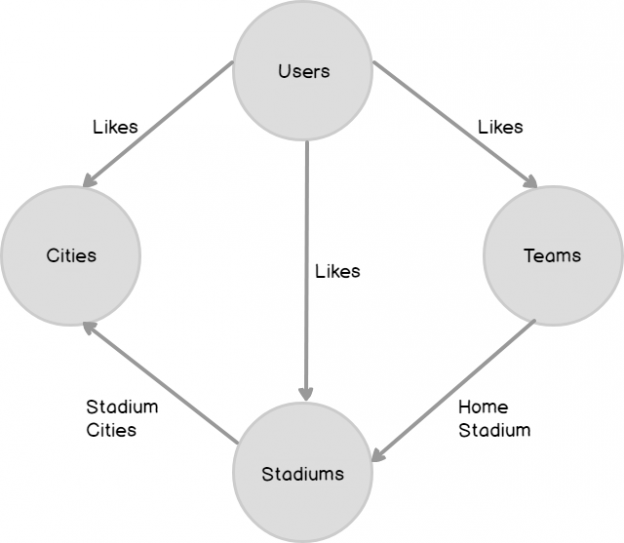
A graph database is a type of NoSQL database that is based on graph theory. Graph databases are ideal for storing data that has complex many to many relationships. In this article, we will study the very basics of graph databases with the help of a simple example.
Read more »

This article explores the usage of TempDB and different ways to shrink the TempDB database in SQL Server
Read more »
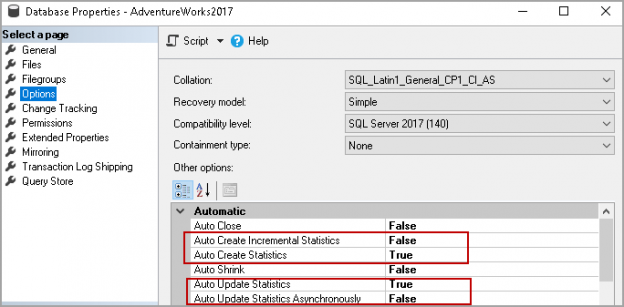
This article gives a walk-through of SQL Server Statistics and different methods to perform SQL Server Update Statistics.
Read more »
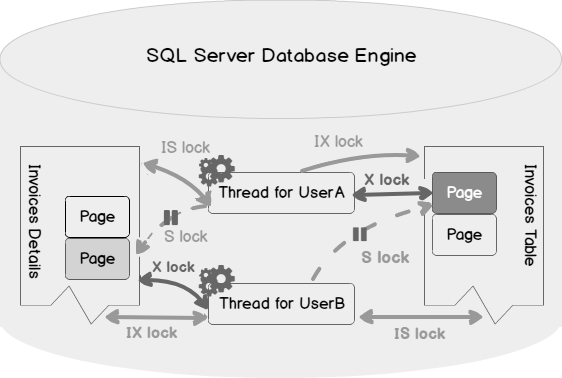
Performance monitoring is a must to do the task for a DBA. You should ensure that the database performance is optimal all the time without any impact on the databases. Performance issues act like an open stage, and you need to look at every aspect such as CPU, RAM, server performance, database performance, indexes, blocking, waits, and SQL Server deadlocks. You might face frequent deadlocks issues, and they have a direct impact on the application performance.
Read more »
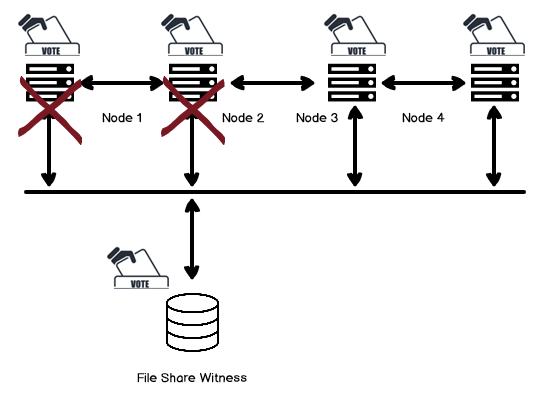
This article gives an overview of Windows Failover Cluster Quorum modes that is necessary for SQL Server Always on Availability Groups.
Read more »
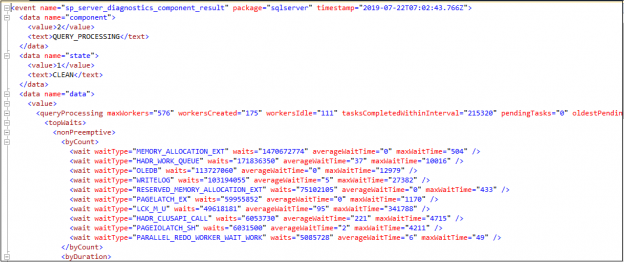
This article gives an overview of the Max Worker Threads for the SQL Server Always On Availability Group databases.
Read more »© 2025 Quest Software Inc. ALL RIGHTS RESERVED. | GDPR | Terms of Use | Privacy